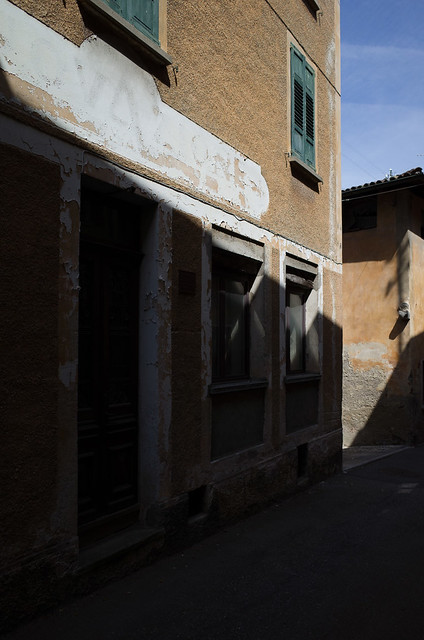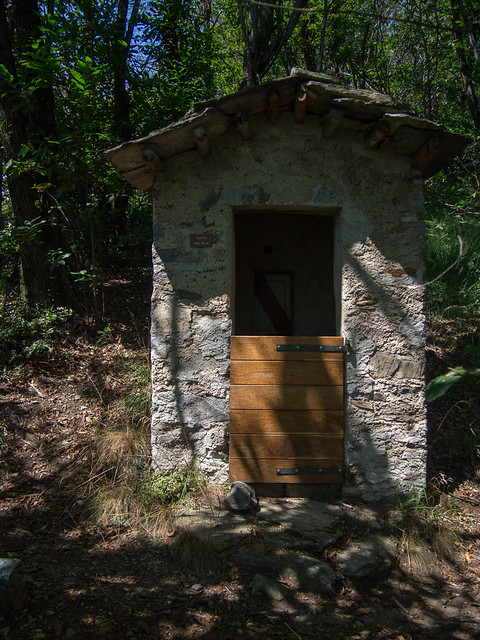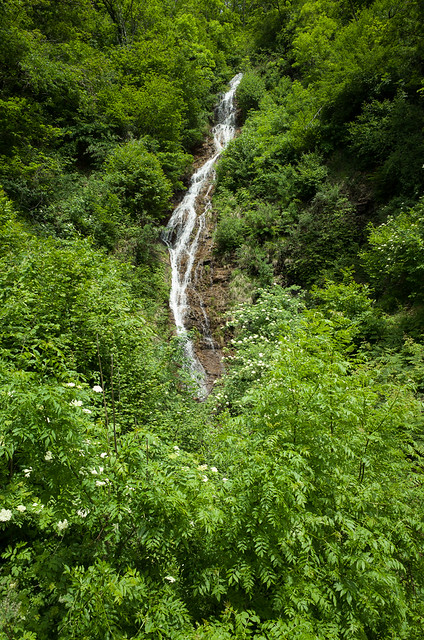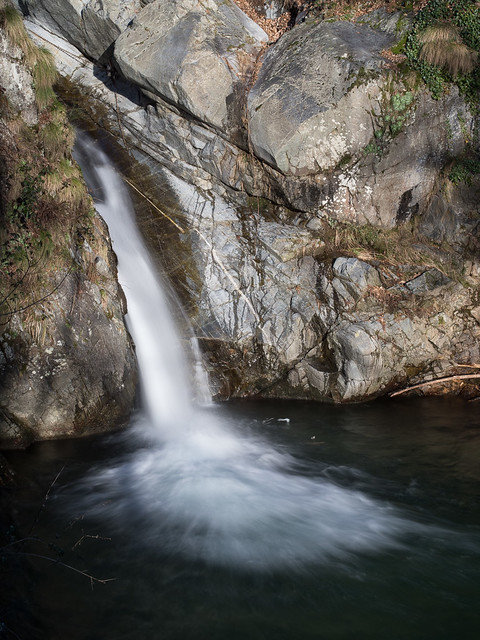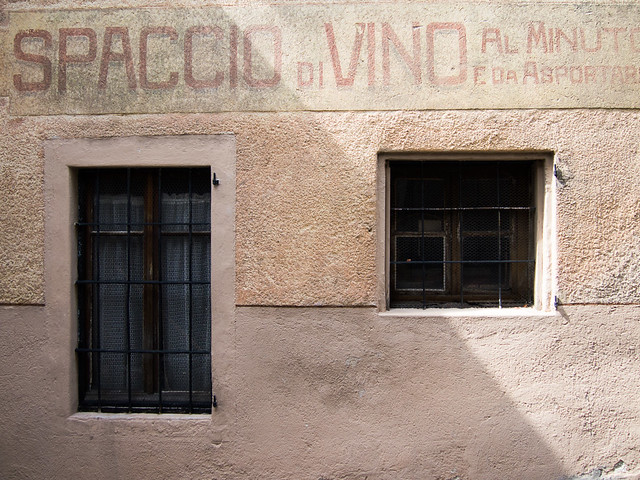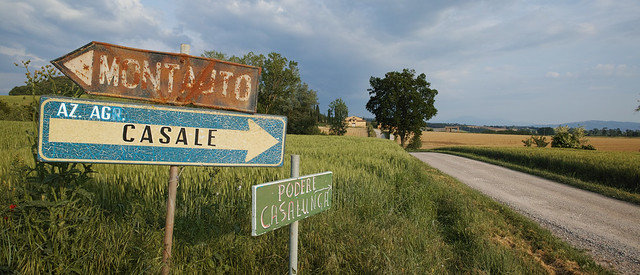Exploring Malcantone
up in the bad lands
I’m very lucky to have lived for most of this century in the region of Malcantone, right at the southern tip of the Italian-speaking canton of Ticino, in Switzerland. Malcantone is mainly pre-alpine, apart from the Vedeggio and Magliasina flood plains, and sits between the Lugano (Ceresio) and Maggiore lakes. It borders on a similar region in Italy, and is actually a pretty beautiful area. It does have a certain level of tourism, but I’m always surprised at how little. With quiet, wooded hills leading up to mountain ridges, shaded valleys, rustic villages full of memories of faded glories, and plenty of history, along with good food and wine, it has a lot going for it.
Malcantone pretty much means “bad lands”, and was a place to be avoided in medieval times. Unfortunately, that was tricky, as it was either that, or the plague-ridden marshes, if you wanted to travel north from Milan. A couple of years ago I discovered the ruins of the Miglieglia Castle, perched on a high outcrop over the Magliasina river. Although it was clearly pretty big, it seems to have been wiped from memory. Nobody appears to know anything about it. You can walk to it, if you follow the “Sentiero delle Meraviglie”. And then there are the silver and gold mines. And the remains of houses and villages deep in the woods. And the painfully photogenic villages of Sessa, Astano, Breno, and more.
I guess it’s just a little too far off the beaten track, although considering in has a small, but international, airport (just) with its territory, and is easily accessible from the city of Lugano, it’s hardly remote. Probably Swiss pricing has a lot to do with it as well. But also the weird Swiss, and especially Ticinese, approach to tourism. Bars and restaurants close on Sundays and holidays, facilities like the Lema cable car which takes you up to a stunning viewpoint over Lake Maggiore stop running at 5pm, even in summer when it’s light until 10. Totally crazy.
Oh well, if it were different I’d be ranting about bloody tourists all over the place sticking their tripods in front of me and clogging up the roads and mountain bike tracks.


